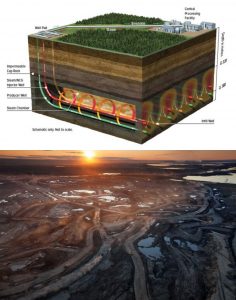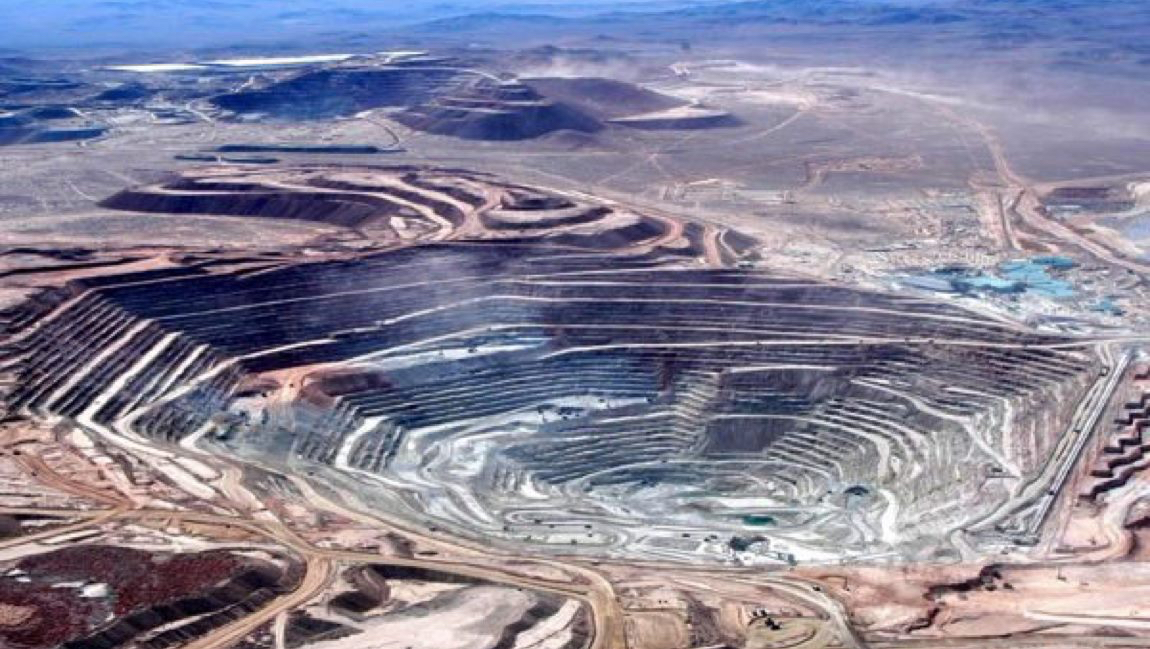If you ever get tired of arguing about masks, vaccines, immigration or abortion, you can always try THE NEVER-ENDING WORLD OF ANTI-EV LIES out there. They keep resurfacing and no amount of proving them wrong has worked to stamp them out, so I recommend that every EV driver that sees this crap immediately comment with the truth, even if 100 people have already provided the truth.
Here are two propaganda posts from Facebook that I’ve seen ad nauseum and an article from a traditional news source. I follow each one with my usual response, so you don’t have to do a lot of fact-checking, but please feel free to fact-check me at your leisure:
Lie #1:
REALITY CHECK -This is the elephant in the room with electric vehicles. Our residential infrastructure cannot bear the load. A home charging system for a Tesla requires 75 amp service. The average house is equipped with 100 amp service. On our small street (approximately 25 homes), the electrical infrastructure would be unable to carry more than three houses with a single Tesla each.
In case you were thinking of buying hybrid or an electric car…
Ever since the advent of electric cars, the REAL cost per mile of those things has never been discussed. All you ever heard was the mpg in terms of gasoline, with nary a mention of the cost of electricity to run it.
At a neighborhood BBQ I was talking to a neighbor, a BC Hydro Executive. I asked him how that renewable thing was doing. He laughed, then got serious.
If you really intend to adopt electric vehicles, he pointed out, you had to face certain realities. For example, a home charging system for a Tesla requires 75 amp service. The average house is equipped with 100 amp service. On our small street (approximately 25 homes), the electrical infrastructure would be unable to carry more than three houses with a single Tesla each. For even half the homes to have electric vehicles, the system would be wildly over-loaded.
This is the elephant in the room with electric vehicles. Our residential infrastructure cannot bear the load. So, as our genius elected officials promote this nonsense, not only are we being urged to buy these things and replace our reliable, cheap generating systems with expensive new windmills and solar cells, but we will also have to renovate our entire delivery system! This later “investment” will not be revealed until we’re so far down this dead end road that it will be presented with an ‘OOPS…!’ and a shrug.
If you want to argue with a green person over cars that are eco-friendly, just read the following. Note: If you ARE a green person, read it anyway. It’s enlightening.
Eric test drove the Chevy Volt at the invitation of General Motors and he writes, “For four days in a row, the fully charged battery lasted only 25 miles before the Volt switched to the reserve gasoline engine.” Eric calculated the car got 30 mpg including the 25 miles it ran on the battery. So, the range including the 9-gallon gas tank and the 16 kwh battery is approximately 270 miles.
It will take you 4.5 hours to drive 270 miles at 60 mph. Then add 10 hours to charge the battery and you have a total trip time of 14.5 hours. In a typical road trip your average speed (including charging time) would be 20 mph.
According to General Motors, the Volt battery holds 16 kwh of electricity. It takes a full 10 hours to charge a drained battery. The cost for the electricity to charge the Volt is never mentioned, so I looked up what I pay for electricity.
I pay approximately (it varies with amount used and the seasons) $1.16 per kwh. 16 kwh x $1.16 per kwh = $18.56 to charge the battery. $18.56 per charge divided by 25 miles = $0.74 per mile to operate the Volt using the battery. Compare this to a similar size car with a gasoline engine that gets only 32 mpg. $3.19 per gallon divided by 32 Mpg = $0.10 per mile.
The gasoline powered car costs about $25,000 while the Volt costs $46,000 plus. So the Government wants us to pay twice as much for a car, that costs more than seven times as much to run, and takes three times longer to drive across the country.
WAKE UP NORTH AMERICA!!!!!!!
Truth bomb #1:
NO ONE PAYS $1.16 PER KWH, even in Hawaii or California! If Texans did, the average MONTHLY electric bill in Texas would be $1,740. In Texas it’s easy to get a rate of $0.08 per kWh, 1/14th of the price stated. The average driver drives only 40 miles a day or less. That’s only 10 kWh of electricity, which can be recouped using just a 110V / 12A charger, while the owner sleeps. Tesla’s home chargers do NOT require 75 amps of service. They can be set to require 15 to 60 amps (and electricity use is so low at night, electricity providers have to throttle back production at night.)
Electricity providers are having meetings regularly (I’ve attended several, due to my position on the Texas Electric Transportation Resources Alliance) about how to get more people to buy EVs and charge them at night. They have excess capacity they WANT to sell. ONCOR, a grid company attends those meetings and FULLY supports the goal of EV adoption.
The Gen 1 Volt (in production at the time this was first published) got 38 miles per charge and the 2nd Gen got 53 miles. The really stupid comment was having to recharge a Volt mid-trip. THIS NEVER HAPPENS! You just refill the gas tank and you continue your trip, just like any gas car.
The Volt costs $0.02 per mile to drive (when running on electricity). A gas car that gets 30 MPG costs $0.09 per mile to operate (at $2.80 per gallon). Of course, in Texas, the Volt qualified for $10K in government incentives, so even if TODAY you paid FULL MSRP for a 100% fully electric Bolt EV or $34K for a fully loaded Premier (back when GM vehicles qualified for both incentives), you’d be looking at $27.5K once you received the incentive.
This is obviously written by a person with a vested interest in stopping EV adoption, either due to their politics or what they do for a living. It is also obvious that they didn’t fact-check a single line of the info.
Lie #2 (Truth Bomb #2 included):

While we’re discussing propaganda, here’s another. A popular anti-EV meme states that the top image, on the left, is a tar sands oil project. It’s actually a bitumen extraction site, which uses steam to extract bitumen, primarily used for waterproofing.
The lower image is what an oil sands project actually looks like. The resultant product is what was going to flow, via the Keystone pipeline from Canada to the Gulf coast, for shipment to China, which is one of the few places that will burn such a dirty fuel.
Yes, there are some Americans that lost short-term construction jobs when the Keystone pipeline project was cancelled. But, the profits from the oil sands would have gone directly to Canada, NOT the U.S.. However, if Congress would just vote to repair our infrastructure, those same construction workers would have long-lasting jobs that help OUR country.
Lie #3
The image below appears in an anti-EV meme that states it depicts the environmental horrors of a lithium mine.

THIS IS NOT A LITHIUM MINE. The photo actually shows La Escondida, the world’s largest COPPER mine, owned by BHP Billiton & Rio Tinto. Here is a video about the mine, if you fast-forward to 1:59, you’ll see the photo in the meme is a screen grab from the video:
Lie #4 (or innocent, misleading information):
Finally, we need to keep an eye out for articles that appear to support EV adoption but come from someone that may have a vested interest against EVs or that may actually be trying to inform, but are stating the concern as a concern specifically about EVs and their mainstream adoption by drivers.
This is a common strategy and is called using Fear, Uncertainty and Doubt, otherwise known as “FUD.” Less than 2% of the U.S. vehicle fleet is comprised of plug-in vehicles. the other 98% are powered by internal combustion engines. The Detroit Bureau writes about the auto industry and I would imagine are experts in ICE vehicles. The seemingly well-meaning article (read it by clicking the link above) highlights the need to upgrade our grid, and then states:
“Major outages — those affecting more than 50,000 homes or businesses — grew tenfold between the mid-1980s and 2012.”
Truth bomb #4:
Oddly, the Tesla Roadster debuted in 2009. The Nissan Leaf and Chevy Volt were the only other vehicles on the road in 2012 and they didn’t start delivering these two vehicles until December 2010. None of these vehicles made much of a dent in grid capability, during the time period mentioned. Something else caused this issue.
The average U.S. driver drives less than 40 miles per day. That requires only about 10 kWh of electricity. Most electric vehicles are charged at the owner’s home at night, while they sleep. I have attended meetings of electric utility groups, where they are very interested in getting people to buy EVs (obviously). Those that have started generating electricity from wind turbines have LOTS of energy that goes to waste, because demand is so low at night and wind energy production is so high at that exact same time. Their choice is to either tilt the turbine blades to rotate slower (and generate less) or to invest in energy storage, which can be very expensive, but I think energy storage will be necessary, in the long run.
Will the grid need to be upgraded in the future? ABSOLUTELY, but it needs to be upgraded anyway for cyber security, to respond to the extreme weather (which is increasing in frequency, due to global climate change and our ever-increasing use of electricity, due to population growth and our love of electric gadgets. Do we have to upgrade the grid suddenly? No! EV adoption IS going to accelerate, but if we start now, we’ll be fine and we have a bill pending in Congress right now to address this.
(Please contact your elected representatives and tell them we need to upgrade our grid.)
In the meantime, the additional energy required to address EV adoption rates can be addressed by time-of-use electric rates, which will make people think about WHEN they run their clothes dryer, dishwasher, vacuum cleaner and yes, electric vehicle charger. EVs can even be set to NOT charge, when first plugged in, so the owner can plug in, when they get home, and the car will remember to wait until a preset time, when the demand-based electric rate drops for the night, saving the EV owner money and saving the grid extra stress. If a specific EV lacks this capability, the owner can always create a repeating appointment on their smartphone to handle the task.
On another note, 99% of the vehicles America manufactures are powered by internal combustion engines and 1% by electricity exclusively. It might be a good idea to fact check statements put out by OEMs that make ICE vehicles, (even if they also make plug-in vehicles, regardless of their EV messaging) as well as those who earn money, directly or indirectly, from those OEMs. Who knows if any pressure to employ FUD is coming from those OEMs? Toyota has invested a lot of money in hydrogen fuel cells, but state publicly they are making the move to EVs. At the same time, news sources have outed their lobbying against EVs with our politicians.
Always “Follow the money.”

